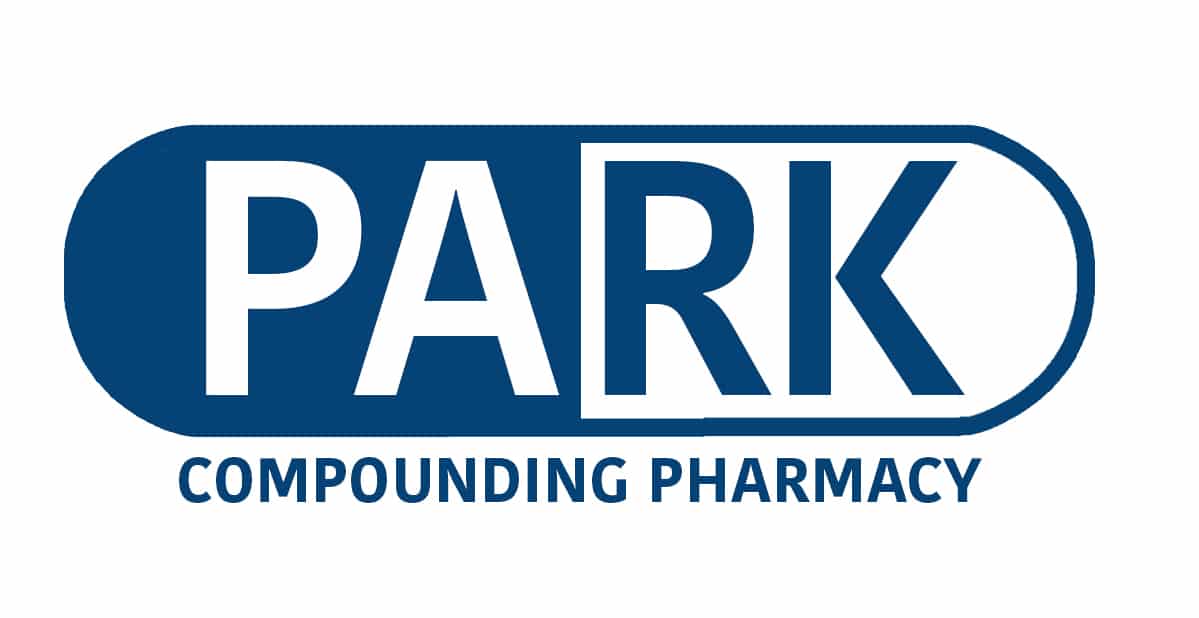Frectenomies are the removal of a small fold of connective tissue. Most frenectomies are performed in the mouth and can be done with only topical anesthetic. Some dentists find that they can perform a laser frenectomy without any anesthesia, but many patients find that the use of topical anesthetic makes the procedure easier. The use of infiltrative anesthesia for frenectomy is usually unnecessary and a topical anesthetic is sufficient to improve patient comfort. In cases where infiltrative anesthesia is required, a topical anesthetic can be used to make the injection easier.
How a Frenectomy Impacts Patients
Frenectomy is a simple procedure that is most often performed on infants and children. The two types of frenectomies performed orally are the labial frenectomy (lip-tie) and the lingual frenectomy (for ankyloglossia or tongue-tie). The labial procedure involves cutting the tissue near the upper lip that connects to the gums while the lingual procedure cuts the tissue below the tongue that connects to the floor of the mouth. A dysfunctional frenulum can restrict movement and cause problems with eating and speaking. A lip tie may cause problems with spacing in the front teeth, causing a large gap.
While some insurance companies may consider particular cases “aesthetic” and not necessary to a patient’s health, a frenectomy can significantly improve quality of life for many patients. It can reduce oral discomfort, improve bite function, and result in better speaking ability. For an infant, it can help prevent problems with nursing. Both a labial frenectomy and a lingual frenectomy are usually outpatient procedures that can be performed with topical anesthesia.
Topical Anesthetics from a Compounding Pharmacy
Lidocaine and tetracaine are the most common topical anesthetics used by dentists and orthodontists. Prilocaine may also be included for stronger topical anesthetic formulations. Phenylephrine can be added to a formulation to both decrease systemic effects and increase the duration of the anesthesia by keeping the anesthetic near the site of application longer. Our compounding pharmacy provides multiple formulations of topical anesthetics in different strengths. The stronger anesthetics we use should not be used in a newborn however, and usually not until a patient is at least 2 years old. We do provide some lighter anesthetics that may be more suitable for younger patients. In general a lidocaine 2% cream or EMLA cream is sufficient for numbing.
Benefits of Topical Anesthetics for Frenectomy
Most frenectomies can be performed in-office with the use of topical anesthesia. Performing this minor surgery under general anesthesia can significantly increase costs and decrease patient satisfaction and is not necessary for the majority of patients. With the development of laser technologies that can make the procedure almost painless, there is often not a need for infiltrative anesthesia. A topical anesthetic is sufficient in many cases to ensure patients have a comfortable, pain-free experience.
A topical anesthetic can be especially useful for children and infants and help avoid the use of either general anesthesia or local anesthesia. Many children may be afraid of needles but will likely require some anesthesia even if a laser is being used. A topical anesthetic gel can effectively numb the area without requiring the use of a needle. In a case where infiltrative anesthesia is necessary, a topical anesthetic can be used prior to injection.
How to Use Topical Anesthetic for a Frenectomy
A good way to anesthetize an area before a frenectomy is to apply a topical anesthetic with Q-tips. Two Q-tips should be covered with topical anesthetic then held on either side of the fraenulum. This will help avoid the anesthetic flowing into other areas when you apply it. After holding it on for about 2 minutes, the anesthetic should be cleaned off to prevent sloughing of tissue. Waiting another 2-5 minutes will allow for the full anesthetic effects to work after which the area can be tested for numbness. While this is a standard recommendation for how to apply a topical anesthetic for this procedure, practitioners often come up with their own techniques that work for them.
